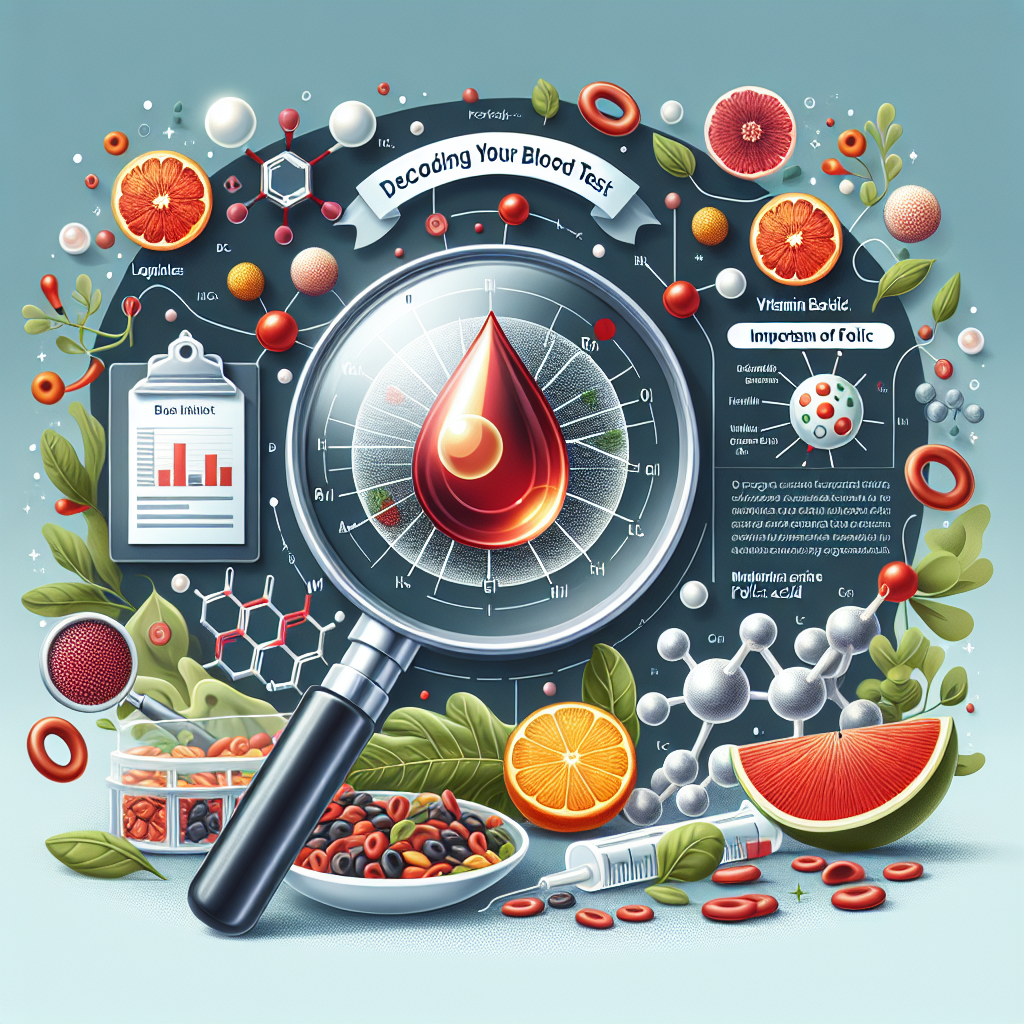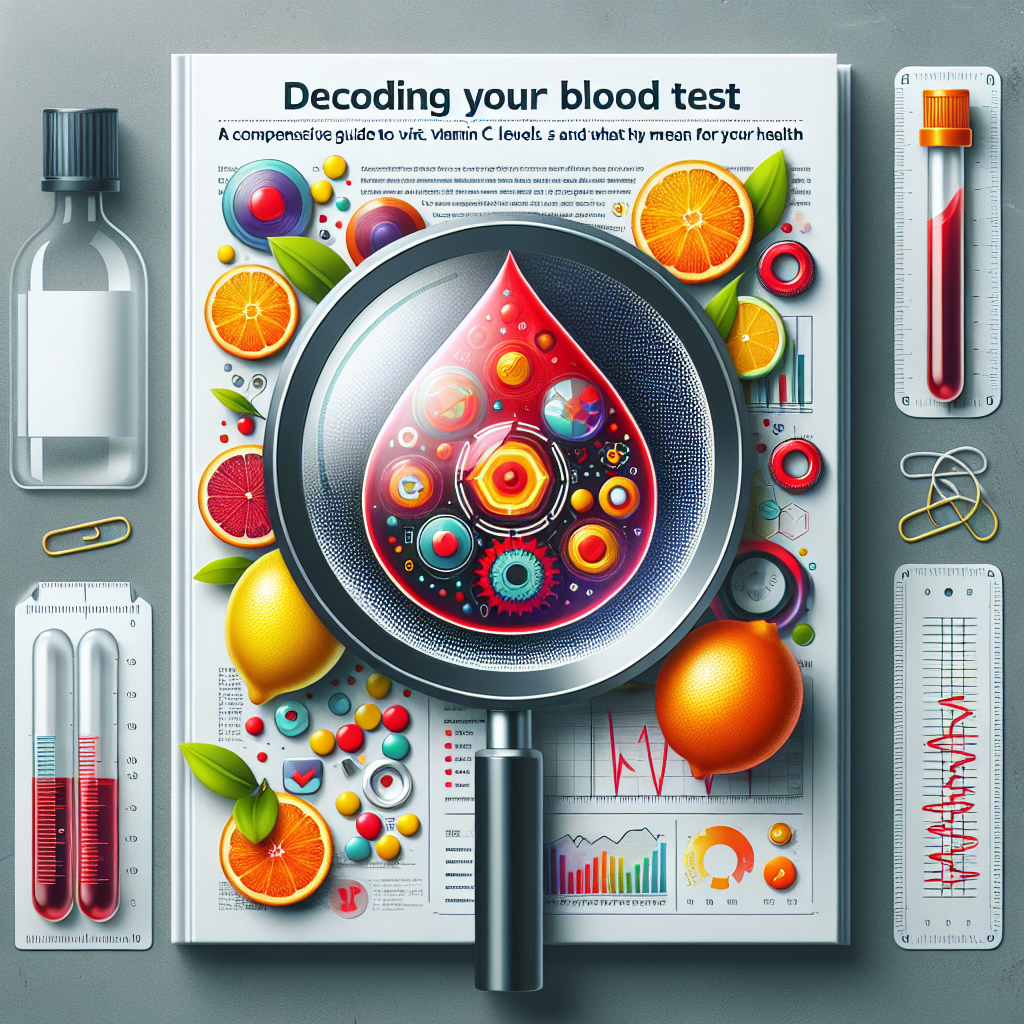Blood test results can often lead to questions, especially when it comes to testosterone levels. Understanding what testosterone is, its functions, and how to read its values is crucial for meaningful discussions with your healthcare provider and for making informed health decisions. This article aims to provide clear and factual insights into this vital biological marker.
What is Testosterone?
Testosterone is a steroid hormone synthesized from cholesterol and belongs to the androgen family. While commonly linked to male traits, testosterone is also vital for women’s health, albeit in lower amounts. In men, it is predominantly produced in the testicles, while in women, the ovaries and adrenal glands contribute to its production.
This hormone serves as a chemical messenger, regulating various bodily functions. It is essential for the development of male reproductive organs, hair growth, muscle mass, and bone density, and plays a crucial role in sperm production. In women, testosterone helps maintain hormonal balance, supports libido, and protects bone health.
Different Forms of Testosterone in the Blood
In the bloodstream, testosterone exists in several forms. A significant portion is bound tightly by SHBG (Sex Hormone-Binding Globulin), while another part is loosely bound to albumin. Only a small percentage (about 1-2%) circulates freely and is active in cells. Blood tests can measure total testosterone (sum of all forms) or bioavailable testosterone (free plus albumin-bound), offering a clearer picture of its activity.
Why is Monitoring Testosterone Important?
Testosterone influences a range of functions beyond reproductive health. It affects metabolism, cardiovascular well-being, and cognitive performance. An imbalance in testosterone levels can lead to significant health issues.
In men, prolonged low levels of testosterone can contribute to conditions like osteoporosis, decreased muscle mass, weight gain, chronic fatigue, and mood disorders. On the other hand, excessively high testosterone levels may indicate testicular or adrenal problems.
For women, elevated testosterone is often associated with polycystic ovary syndrome (PCOS). If untreated, such imbalances can lead to metabolic complications or infertility. Thus, monitoring testosterone levels is essential for accurate diagnosis and treatment guidance.
How to Read and Interpret Your Testosterone Tests?
Your test report typically displays your testosterone level alongside reference values determined by the laboratory for specific sex and age groups.
The standard units used are nanograms per milliliter (ng/mL) and nanomoles per liter (nmol/L), so be sure to check the units for accurate interpretation.
Here are the usual reference ranges for total testosterone:
- In adult men: between 2.8 and 8.0 ng/mL (approximately 9.7 to 27.8 nmol/L)
- In adult women: between 0.15 and 0.7 ng/mL (approximately 0.5 to 2.4 nmol/L)
Keep in mind that these values may vary slightly across different labs. Additionally, testosterone levels typically peak in the morning, which is why doctors recommend having blood drawn between 7 AM and 10 AM.
What Conditions Are Linked to a Testosterone Imbalance?
Several medical conditions can be tied to abnormal testosterone levels.
Conditions Associated with Low Testosterone Levels
Male hypogonadism is a condition linked to insufficient testosterone production by the testicles, with symptoms including fatigue, decreased libido, muscle mass loss, and mood disorders. Diagnosis often requires additional tests, such as LH and FSH levels or imaging studies.
As men age, natural decreases in testosterone production can occur, known as age-related androgen deficiency (ARAD). Furthermore, metabolic syndrome, especially with abdominal obesity, may further lower testosterone levels.
Conditions Associated with High Testosterone Levels
For women, excess testosterone is commonly linked to polycystic ovary syndrome (PCOS), presenting symptoms such as irregular menstrual cycles, acne, and hirsutism.
Rarely, severely elevated testosterone may indicate ovarian or adrenal tumors in both sexes, or congenital adrenal hyperplasia, a genetic disorder requiring thorough medical evaluation.
Practical Tips for Managing Your Testosterone Levels
Maintaining healthy lifestyle habits is essential for achieving optimal hormonal balance.
Follow-Up Schedule
- For normal levels: Men over 50 should consider discussing annual check-ups with their doctor. For others, follow-up is only necessary if symptoms are present.
- For slightly abnormal levels: A follow-up check after a few months is usually recommended to confirm any variations.
- For very abnormal levels: Follow-up plans will be tailored by your specialist based on the underlying cause and treatment decisions.
Optimization Through Nutrition and Lifestyle
Balanced Diet
To support healthy testosterone levels, consuming a nutrient-rich diet is crucial. Focus on foods high in zinc (such as lean meats and pumpkin seeds) and vitamin D (found in fatty fish and eggs). Healthy fats in avocados or olive oil are also vital, while excessive alcohol and refined sugars may be detrimental.
Physical Activity and Sleep
Engaging in regular resistance training and achieving quality sleep (ideally 7 to 8 hours nightly) are key for hormonal regulation. Additionally, managing stress is important, as elevated cortisol levels can negatively impact testosterone production.
Environment and Endocrine Disruptors
Experts urge minimizing exposure to endocrine disruptors, which can be found in certain plastics and pesticides. Opt for glass or stainless steel containers for food storage whenever possible.
Frequently Asked Questions About Testosterone
Are There Drug Interactions with Testosterone Testing?
Yes, certain medications, including corticosteroids, specific antiepileptics, and opioids, can affect testosterone levels. It is crucial to inform your doctor about all current medications prior to testing.
What is the Difference Between Total and Bioavailable Testosterone?
Total testosterone measures all forms of the hormone in the blood (both protein-bound and free), while bioavailable testosterone assesses the active fraction, which includes the free and albumin-bound forms. The bioavailable measurement is often more relevant in clinical contexts such as obesity.
Does Prolonged Fasting Affect Testosterone Levels?
Yes, fasting for over 24 hours can lead to a notable decline in testosterone levels, as the body initiates survival mechanisms that reduce hormone production. It is advisable to avoid prolonged fasting prior to a test.
In Conclusion: A Marker to Know
Testosterone is a crucial biological marker for both men and women. Grasping its significance enables better understanding and interpretation of blood tests, fostering active participation in your healthcare. Variations in testosterone levels are common and may indicate various health issues. Often, lifestyle modifications can suffice to restore balance. Ultimately, consulting with your healthcare provider is the best course of action for assessing your unique situation.
Additional Resources
For more information and to decode other markers, more articles are available here.
Confused by Your Blood Test Results?
Gain instant clarity with BloodSense. Our platform interprets your blood test results online in minutes, transforming complex medical information into an easy-to-understand report. Take charge of your health today by visiting bloodsense.ai to receive your personalized insights now.







